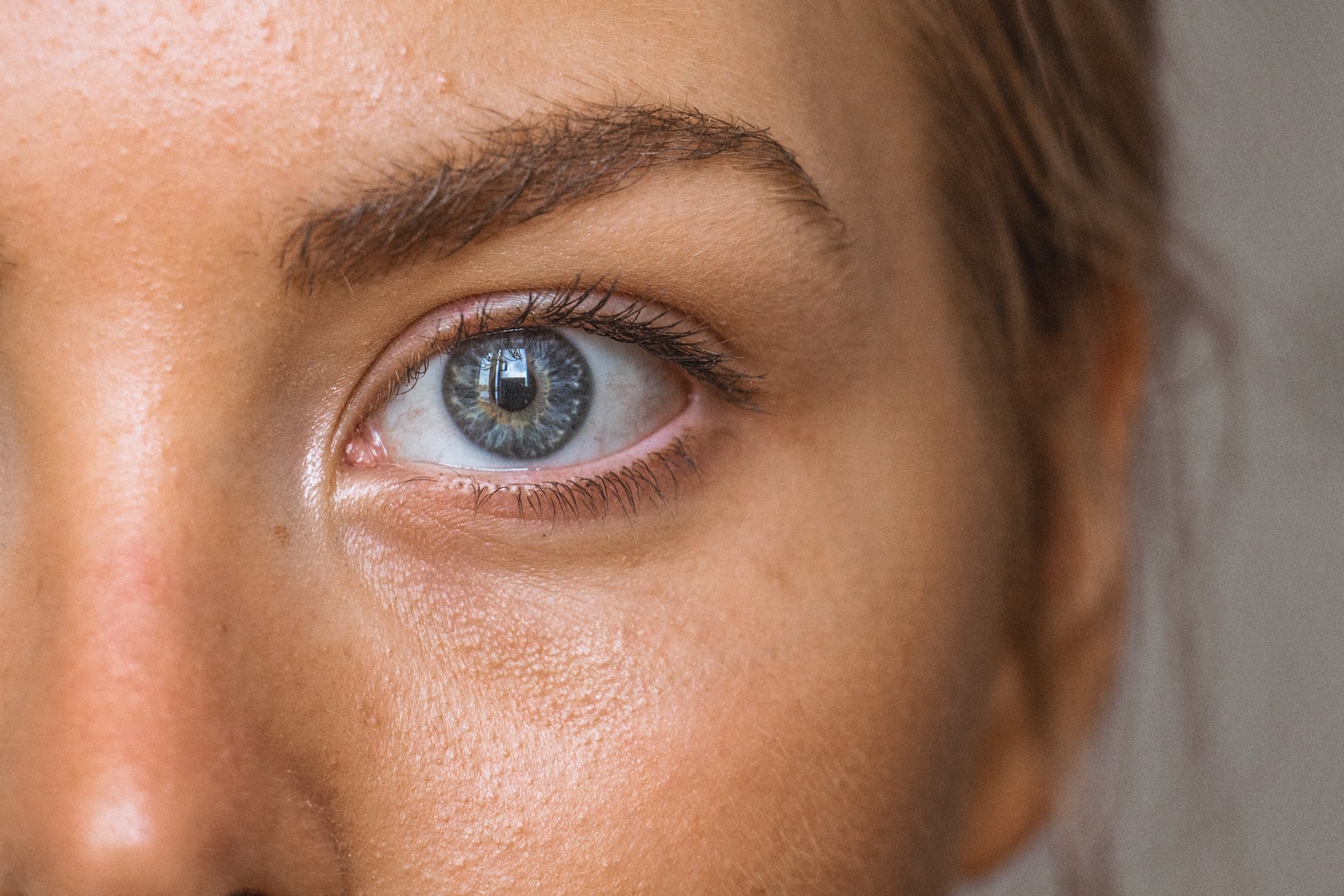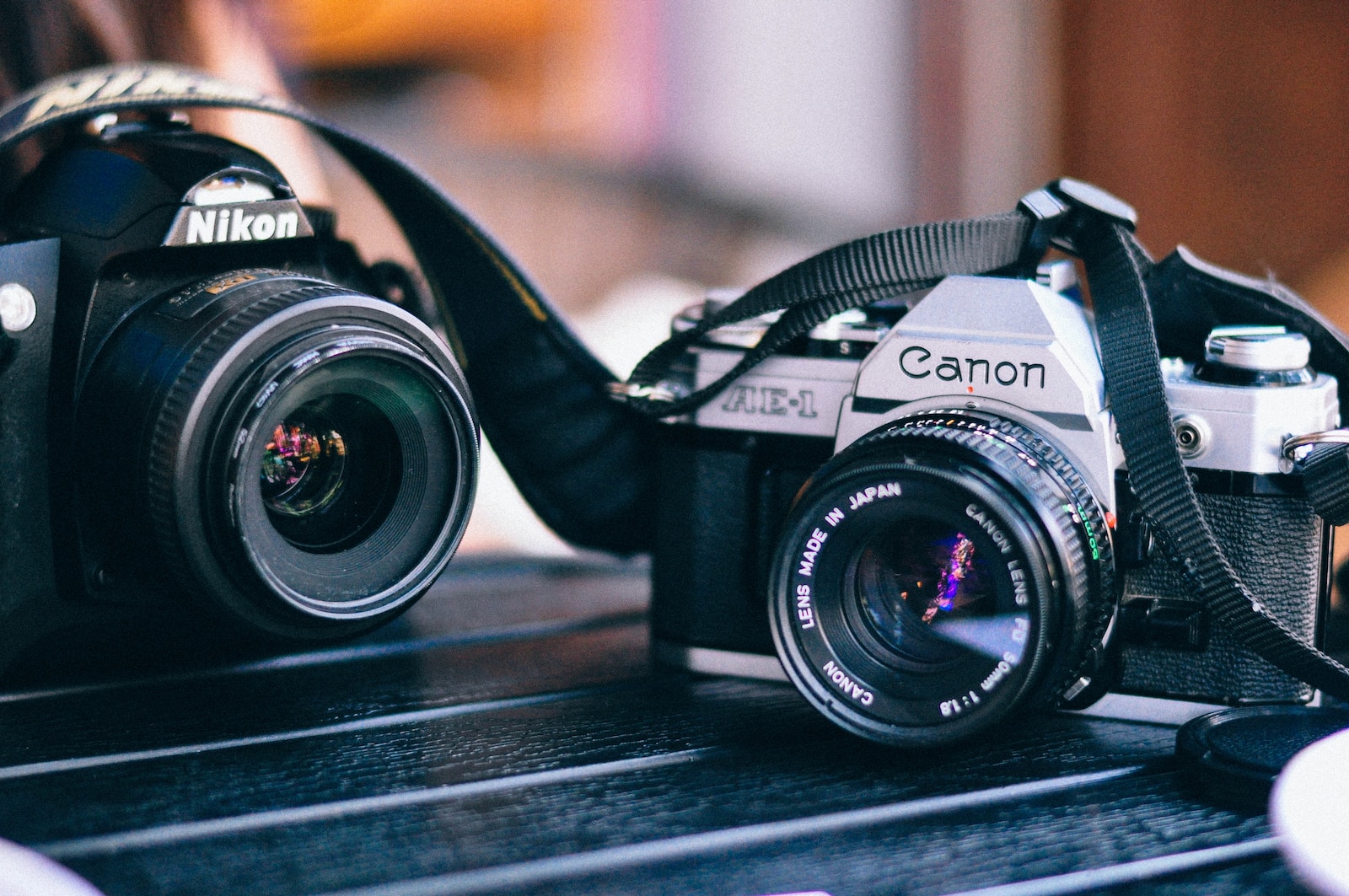Welcome to our Quick Guide on sharpening images without adding noise! As avid photographers, we understand the importance of capturing clear and crisp images. However, the process of sharpening images can often introduce unwanted noise, which can be frustrating. In this blog, we will explore effective techniques and post-processing strategies to help you bring clarity and sharpness to your images without compromising on image quality. So, whether you’re a beginner or a seasoned photographer, join us as we dive into the world of image sharpening!
Table of Contents
- Understanding Image Sharpening
- Effective Techniques for Sharpening Images without Adding Noise
- Quick Guide: Sharpening Images Without Adding Noise
- Frequently Asked Questions
- 1. What is image sharpening?
- 2. Why is noise a concern when sharpening images?
- 3. How can I sharpen an image without adding noise?
- 4. How does selective sharpening help in reducing noise?
- 5. Can advanced software help in reducing noise while sharpening an image?
- 6. Are there any specific settings or guidelines to follow when sharpening images?
- 7. How can I learn more about image sharpening techniques?
- Wrap Up
Understanding Image Sharpening
Before we delve into the techniques to sharpen images without adding noise, let’s first understand what image sharpening actually means. Image sharpening is the process of enhancing the clarity and details of a photograph, making edges and textures more pronounced. It brings out finer details that may have been lost during the capture process or due to lens limitations. When done correctly, image sharpening can significantly improve the overall quality and impact of your photographs.
The Challenges of Sharpening Images
While image sharpening can greatly enhance your photos, it’s crucial to be aware of the challenges that come with it, specifically the risk of introducing noise. Noise, in the context of photography, refers to random variations in brightness and color that can degrade the image quality. When sharpening an image, it’s common for noise to become more apparent or for new noise to be introduced. This can result in a loss of detail, decreased tonal range, and an overall reduction in the visual appeal of your photographs.
Effective Techniques for Sharpening Images without Adding Noise
1. Capture Sharp Images
Before you even start thinking about post-processing and image sharpening, it’s important to capture sharp images from the beginning. Pay attention to your camera settings, use a tripod if necessary, and ensure your focus is accurate. These steps will minimize the need for excessive sharpening during post-processing and help maintain the image’s original quality.
2. Start with a High-Quality Image
When selecting an image for post-processing, choose one that is the highest quality possible. Images taken in RAW format retain more information and allow for better adjustments during sharpening without introducing noise. Starting with a high-quality image gives you a stronger foundation to work with and ultimately leads to better final results.
3. Use Masking Techniques
One effective way to minimize noise while sharpening images is by using masking techniques. Masks restrict the sharpening effect to specific areas of the image, preventing noise from being amplified in smoother regions. By selectively applying sharpening to the areas that need it most, such as edges and fine details, you can maintain clarity while minimizing noise in the image.
4. Employ Smart Sharpening Tools
When sharpening your images, it’s essential to use smart sharpening tools and algorithms that can detect and prioritize edges and details, rather than sharpening the entire image uniformly. Smart sharpening tools, such as those found in Adobe Photoshop or Lightroom, offer more control over the sharpening process, allowing you to fine-tune the settings and reduce the risk of noise.
5. Consider Output Medium
It’s essential to consider the intended output medium of your images. Different mediums, such as print or web, have varying levels of detail and resolution requirements. By understanding the specific requirements of your chosen medium, you can tailor your sharpening settings accordingly, ensuring optimal results without introducing excessive noise.
6. Use Noise Reduction Techniques
If, despite your best efforts, some noise is still present in your sharpened image, you can employ noise reduction techniques during the post-processing stage. Noise reduction algorithms in software like Adobe Photoshop or Lightroom can help reduce noise while preserving the essential details and overall sharpness of your image.
Did you know that image sharpening can greatly enhance the perceived image resolution? By selectively emphasizing edges and details, sharpening can create the illusion of a higher-resolution image, making the subject appear more defined and captivating.
By applying these effective techniques and post-processing strategies, you can sharpen your images without adding unwanted noise. Remember to capture sharp images from the beginning, work with high-quality files, use masking techniques, employ smart sharpening tools, consider the output medium, and utilize noise reduction when necessary. With these tips in mind, you can bring clarity and detail to your photographs, elevating your photography skills and creating stunning visuals to captivate your audience!
Quick Guide: Sharpening Images Without Adding Noise
As avid photographers, we all strive to capture the perfect moment and bring out the details in our images. One crucial step in the post-processing workflow is image sharpening, where we enhance the clarity and crispness of our photos. However, sharpening images can sometimes introduce unwanted noise, leaving us with a dilemma of compromising between sharpness and noise levels.
The Challenge: Striking the Balance Between Sharpness and Noise
Image sharpening is a double-edged sword. While it can enhance the details and make our photos appear more defined, it often comes at the cost of introducing noise, especially in low-light or high ISO scenarios. The challenge lies in finding techniques that allow us to sharpen our images without exacerbating this noise issue.
So, how can we overcome this challenge and bring clarity to our images without the side effect of noise? Let’s dive into some valuable tips and techniques.
Techniques for Sharpening Images Without Adding Noise
- Start with a Good Foundation: Before delving into image sharpening, it’s essential to ensure that your photo is properly exposed and well-focused. Correct any exposure or focus issues in the initial editing stages to minimize the risk of amplifying noise during sharpening.
- Use High Pass Filter: One effective method to sharpen images without adding noise is by utilizing the High Pass Filter technique. This technique involves duplicating the image layer, applying a high pass filter to the duplicate layer, and then blending it with the original using blend modes like Overlay or Soft Light. The High Pass Filter helps emphasize edges and details, resulting in sharpened images with minimal noise amplification.
- Utilize Smart Sharpen: Many photo editing software offer advanced sharpening tools, such as Adobe Photoshop’s Smart Sharpen. This tool allows you to adjust sharpening settings like Amount, Radius, and Reduce Noise. By carefully tweaking these parameters, you can enhance the sharpness of your images while simultaneously reducing noise.
- Apply Sharpening Locally: Instead of applying sharpening to the entire image uniformly, consider using selective sharpening techniques. This can be achieved by utilizing adjustment brushes or masks to sharpen specific areas that require more clarity, while leaving noise-prone regions untouched.
- Experiment with Noise Reduction: In cases where noise is already present in the image, applying noise reduction techniques before sharpening can be beneficial. By reducing noise first, you can avoid amplifying it during the sharpening process. However, be cautious not to overdo the noise reduction, as it may result in loss of details.
By applying these techniques and experimenting with different approaches, you can achieve a balance between sharpness and noise in your images. Remember, the key is to be mindful of the settings and adjustments you make during sharpening to avoid unintentionally introducing unwanted noise.
In conclusion, as photographers, it’s crucial to understand the concept of image sharpening and the potential implications on noise. By following these tips and techniques, you can sharpen your images while maintaining the clarity and minimizing the noise, bringing your photographs to life.
Frequently Asked Questions
1. What is image sharpening?
Image sharpening is the process of enhancing the clarity and crispness of an image by increasing the contrast between neighboring pixels. It helps to bring out finer details and make the image appear more defined.
2. Why is noise a concern when sharpening images?
Noise refers to unwanted random variations in brightness or color within an image. When sharpening an image, it can be challenging to strike a balance between increasing sharpness and introducing noise. Excessive noise can degrade the quality of the image and make it appear grainy or speckled.
3. How can I sharpen an image without adding noise?
To sharpen an image without adding noise, it is crucial to choose an appropriate sharpening technique and utilize the right tools. Some methods include using selective sharpening, using high-pass filters, or utilizing advanced post-processing software.
4. How does selective sharpening help in reducing noise?
Selective sharpening allows you to apply sharpening only on specific areas of an image rather than applying it uniformly. By sharpening only the important details while leaving the background or less essential areas untouched, you can minimize the risk of adding noise to the image.
5. Can advanced software help in reducing noise while sharpening an image?
Yes, advanced post-processing software often includes specific algorithms and tools designed to reduce noise while sharpening images. These tools intelligently analyze the image and apply sharpening adjustments selectively, minimizing the risk of noise artifacts.
6. Are there any specific settings or guidelines to follow when sharpening images?
There are no one-size-fits-all settings for image sharpening, as the optimal approach may vary depending on the image content and desired outcome. However, it is essential to experiment with different techniques, use appropriate sharpening tools, and pay attention to the image’s overall quality to achieve the desired result without adding noise.
7. How can I learn more about image sharpening techniques?
To delve deeper into image sharpening techniques and gain a better understanding, you can explore online resources, photography forums, or refer to comprehensive guides and tutorials provided by experienced photographers and digital artists.
Wrap Up
Now that you have a quick guide to sharpening images without adding noise, it’s time to put your newfound skills into action. Remember to start with a high-resolution image, use the appropriate sharpening tools, and utilize the correct post-processing techniques. By following these steps, you can bring out the finest details and enhance the clarity of your photographs. Experiment with different settings and find the balance that best suits your style.
Have you tried any of the techniques mentioned in this guide? What were the results? We would love to hear about your experiences and any additional tips you may have. Leave a comment below and let’s continue the conversation!



